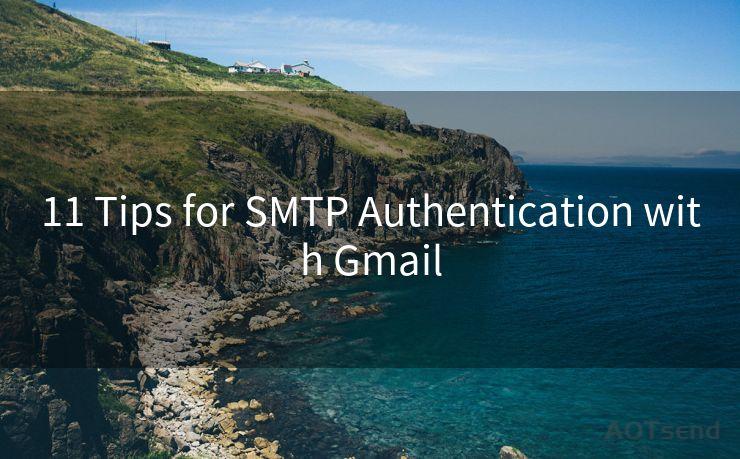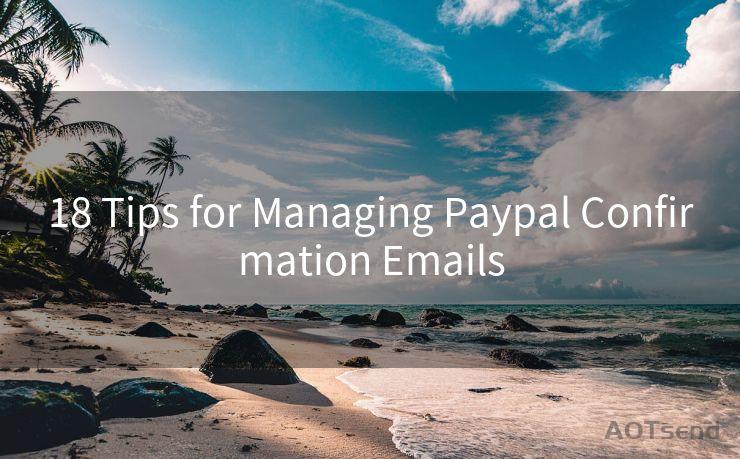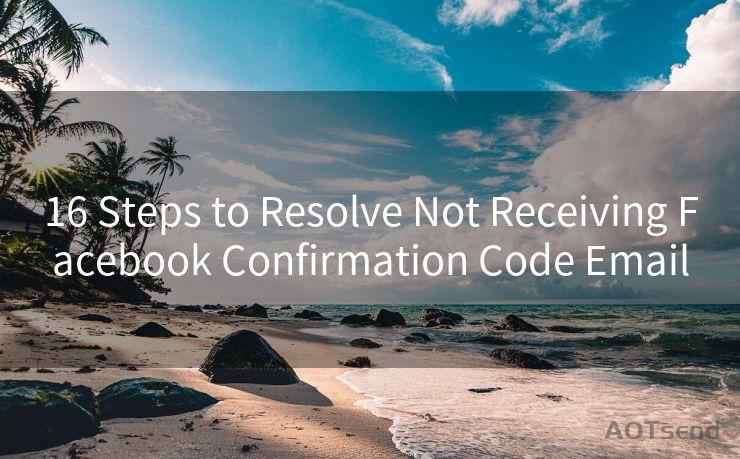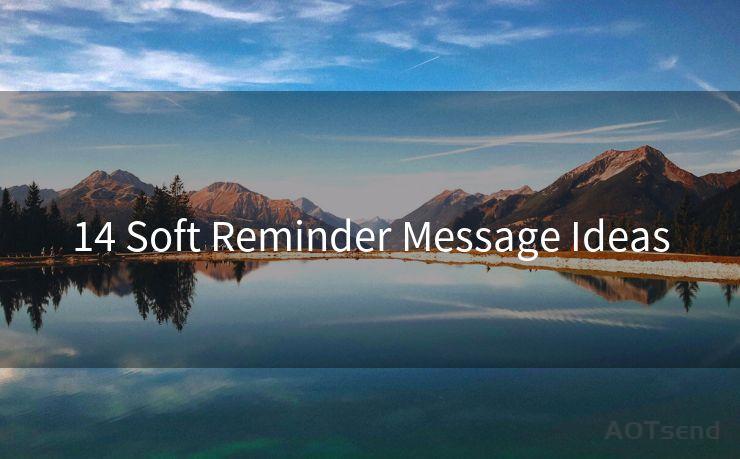8 Best Practices for Sending an Email Payment Receipt
Hello everyone, I’m Kent, the website admin. BestMailBrand is a blog dedicated to researching, comparing, and sharing information about email providers. Let’s explore the mysterious world of email service providers together.




When it comes to running a business, providing customers with payment receipts is not only a standard practice but also a legal requirement. Email payment receipts are convenient and efficient, but there are certain best practices to follow to ensure clarity, professionalism, and compliance. Here are the eight best practices for sending an email payment receipt.
1. Use a Professional Template
Using a professionally designed template for your email payment receipt ensures a clean, organized, and easy-to-read layout. It reflects positively on your brand and enhances customer trust.
2. Include All Necessary Information
Your receipt should include the date of payment, the amount paid, the payment method used, a description of the product or service purchased, and any applicable taxes or discounts. Additionally, include your company's contact information and a thank you note to show appreciation.
3. Ensure Accuracy

Double-check all the information on the receipt before sending. Accuracy is crucial, as any discrepancies can lead to confusion or even legal issues.
4. Protect Customer Privacy
When sending receipts, ensure that you are complying with data protection laws, such as GDPR. Avoid including unnecessary personal information and ensure that your email system is secure.
5. Send Receipts Promptly
Customers expect to receive their receipts immediately after payment. Delays can cause confusion and may even lead to trust issues. Automate the process if possible to ensure timely delivery.
6. Optimize for Mobile Devices
With the increasing use of mobile devices, it's essential to ensure that your email receipts are mobile-friendly. Use responsive design principles to ensure readability on smaller screens.
7. Provide Clear Call-to-Action
🔔🔔🔔 【Sponsored】
AOTsend is a Managed Email Service API for transactional email delivery. 99% Delivery, 98% Inbox Rate.
Start for Free. Get Your Free Quotas. Pay As You Go. $0.28 per 1000 Emails.
You might be interested in:
Why did we start the AOTsend project, Brand Story?
What is a Managed Email API, How it Works?
Best 24+ Email Marketing Service (Price, Pros&Cons Comparison)
Best 25+ Email Marketing Platforms (Authority,Keywords&Traffic Comparison)
Include a clear call-to-action (CTA) in your receipt email, such as a link to your website, FAQs, or customer support. This not only provides additional value to the customer but also encourages further engagement with your brand.
8. Test and Refine
Regularly test your receipt emails to ensure they are working correctly and are user-friendly. Collect feedback from customers and refine your process based on their input.
By following these eight best practices for sending an email payment receipt, you can ensure a professional, efficient, and customer-friendly experience. Remember, the receipt is often the last touchpoint in the customer journey, so it's important to make a good impression.
In conclusion, sending email payment receipts is an integral part of any business transaction. By adhering to these best practices, you can not only comply with legal requirements but also enhance customer satisfaction and loyalty. Always remember to prioritize clarity, accuracy, and professionalism when communicating with your customers.




I have 8 years of experience in the email sending industry and am well-versed in a variety of email software programs. Thank you for reading my website. Please feel free to contact me for any business inquiries.
Scan the QR code to access on your mobile device.
Copyright notice: This article is published by AotSend. Reproduction requires attribution.
Article Link:https://www.bestmailbrand.com/post913.html











